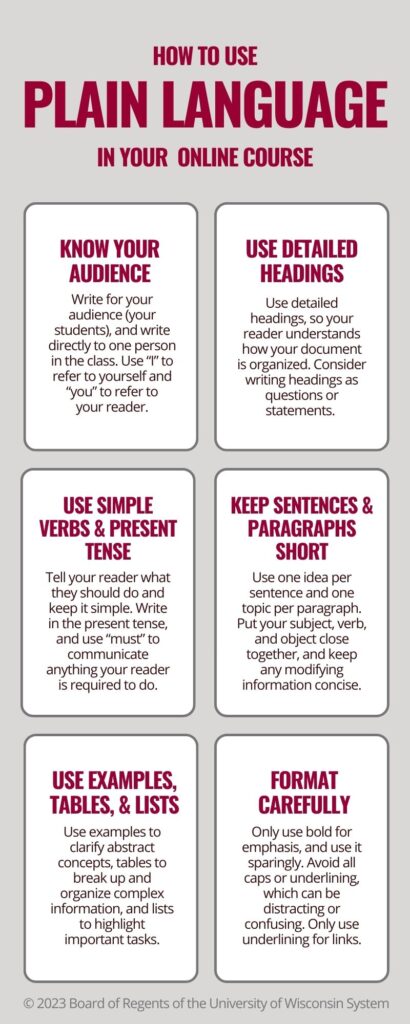Dr. Erich Jauch is a mathematics instructor at UW-Eau Claire. He currently teaches Algebra for Calculus for UW Independent Learning. He enjoys teaching introductory math courses and working with students at the beginning of their mathematical journey.

Recently, during a revision of Algebra for Calculus, Dr. Jauch added open educational resources to the course, removing the cost barrier of a textbook and online homework platform for students. He also added two types of activities to incorporate equity, diversity, and inclusion (EDI) principles and connect with his asynchronous, self-paced students. Moreover, the course is mindful of reducing math anxiety in students.
The first activity is a series of math chats. In every unit, students are given a space to ask or answer a question about the material covered or read and reflect on an article pertaining to a mathematical topic. Through the math chats, students are able to:
• Discuss diversity within the math community
• Highlight the work of underrepresented mathematicians
• See fun applications of math, like the “mathematically perfect” way to slice a pizza
✅ See an example of a math chat discussion
The second activity is a three-part math mystery. Students apply course concepts to a fictional story about an international criminal stealing precious artifacts. Before and after students solve problems related to the math mystery, they are asked to reflect in discussions:
• First, students discuss the concepts they might apply to the problem in an introductory discussion for each math mystery scenario.
• Second, after they’ve worked out the problem and seen the answer, students complete a reflection discussion on what they understood from the activity, what they struggled with, and how they might apply concepts in the future.
✅ See an example of an introductory discussion and a reflection discussion from the math mystery activity.
These discussions help reduce math anxiety and create equity by allowing students to see how others are thinking about and approaching the problems in the activity. The math mystery activities keep the focus on the learning process, not just the correct answer, by asking students to reflect on their solutions to the problems. In this spotlight, Dr. Jauch gives us more details about adding EDI to math courses and the benefits of these activities for students.
Often, math and science courses are perceived to be “difficult” to incorporate EDI principles into. What has helped you include more EDI in your courses?
While trying to source these principles from classic material is certainly more difficult, if we take the time to look we can find many opportunities to witness EDI topics in mathematics. Especially if we are willing to look into the applications of mathematics.
Can you give a brief description of how these strategies work in your course? Tell us what students are expected to do when they complete this activity. How are they evaluated and what kind of feedback do they get?
The math mysteries are a way for students to work through some problems that are interconnected and in a fun and playful way. Too often students are given math problems as busy work, so these were designed to be light-hearted but also an assessment of their abilities to that point in the class. Additionally, the types of problems were selected to best fit the written setting. The main process of the assignment is for students to first complete a pre-assessment of the topics and skills they may need for the assignment. Then they complete the worksheet by hand and upload their work to Canvas. Afterward, they are presented with partial answers and asked to reflect on the experience.
Can you talk a little more about developing and including these strategies in your course?
With the course being fully online, one benefit of the math chats is an opportunity for the students to interact with each other and see different perspectives about interesting current and EDI topics. This was important to me because student interactions are an important piece of a standard class and this brings it to an IL course. It was important however to not link the score [course grade] to the interactions as the number of students concurrently enrolled can vary greatly.
What advice would you have for other faculty who may want to try similar activities in their courses?
Be willing to look outside the normal topics covered in your course that are accessible to students. There are usually many modern topics that students have an interest in that you can make approachable to them.
Conclusion
Using OERs, adding opportunities to reflect and collaborate, and reducing student anxiety are effective ways to add more equity, diversity, and inclusion into a course. Our course reflection tool is also a helpful resource when considering EDI-related changes to your course. Reach out to your instructional designer if you want to learn more!

